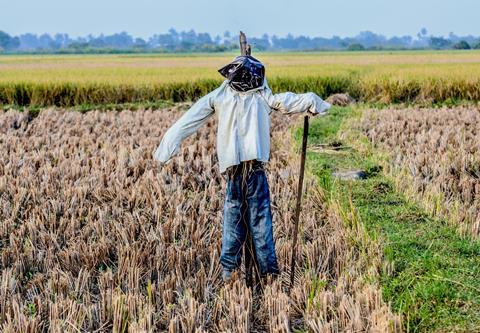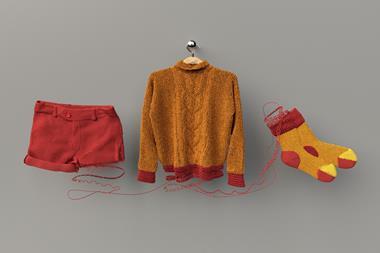Our features editor has some clothes that are nearly old enough to vote
‘Fast fashion’ is a trend that – like so many others – has passed me by. I am implausibly proud of having some work shirts that are older than some professional athletes (I’m wearing one as I write), and I once went a year buying only one new item of clothing. Having said that, I have started the new year by investing in some new clothes, and some of the shirts I wear to the office are as young as 14 months.

I’m sure many of you think this is quite ridiculous (my wife does), and I wouldn’t argue. But the environmental impact of clothing seven billion people around the world is vast, without even considering clothes designed to be worn only once or twice before being discarded.
Some of the bare figures make for sobering reading: people bought 60% more garments in 2014 than in 2000 – but only kept them half as long; the fashion industry is the second largest consumer of water in the world, and it is responsible for 20% of all industrial water pollution; 85% of textiles go to landfill every year, equivalent to a rubbish truck every second. All this adds up to clothing having a higher carbon footprint than international flights and shipping combined – 10% of global carbon emissions. The Haber–Bosch process, remember, contributes only 3%.
Something must be done. As Nina Notman examines in our feature, recycling and reusing clothing only goes so far. She goes on to explore chemical means for recycling the compounds and fibres that up the cloth itself. A complete solution still feels a long way away – and will need serious scaling to compete economically with farmed cotton or oil-derived polymers – but it is a key part of a potential future circular economy.
Until then, it’s hard to see how a responsible consumer can mitigate their fabric footprint, beyond the first and most important for the three Rs – reduce. Perhaps items of clothing need to carry warning labels about their environmental impact, like many foods now do. Would you shop differently if you knew the impact of that pair of jeans? Could you commit to making them last as long as the water used to make them could sustain a person (about eight years)? So concentrate on the cost per wear of your clothes and celebrate the old rather than the new in your wardrobe.

















1 Reader's comment